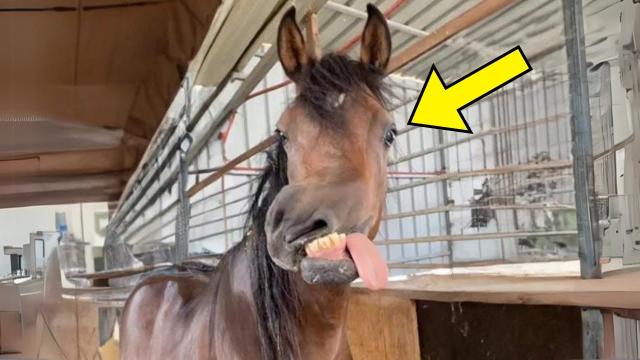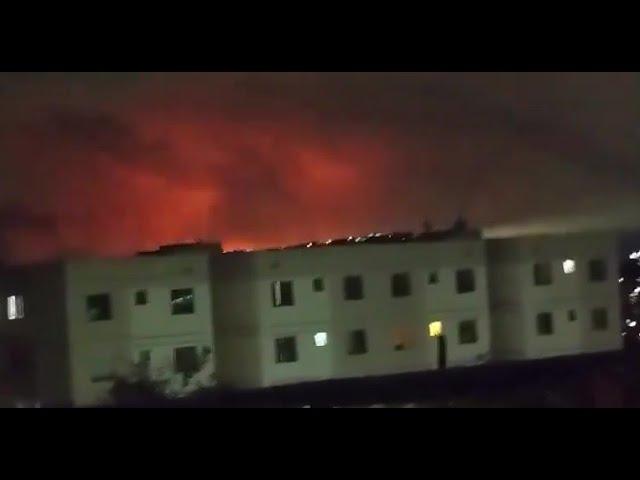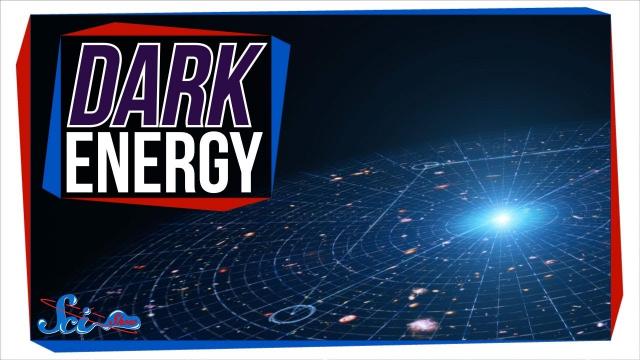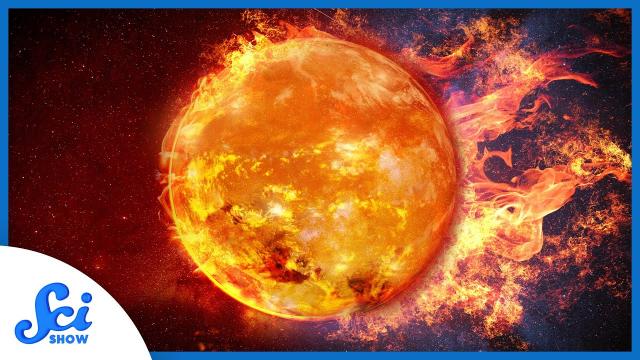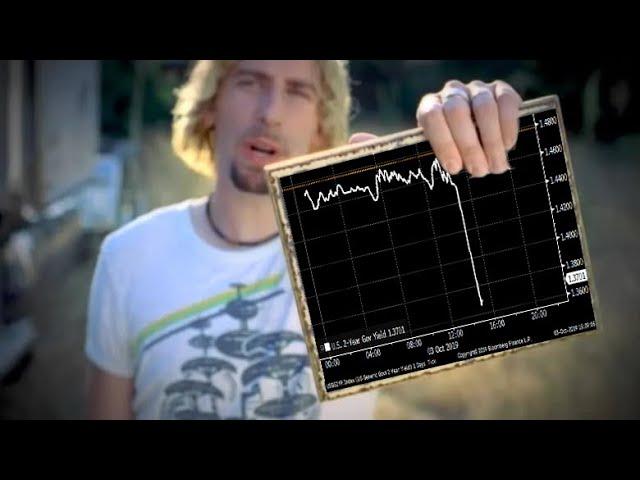The Most Stable Neighborhoods in the Universe
Description
Go to https://NordVPN.com/SPACE to get 75% off a 3 year plan and use code SPACE to get an additional month for free.
No planet’s trip around a star is exactly like the one before it, because solar systems aren't as static as they first appear. Even small nudges can add up to disaster, but some objects find safe orbits with the help of a partner or two.
Hosted by: Reid Reimers
SciShow has a spinoff podcast! It's called SciShow Tangents. Check it out at https://www.scishowtangents.org
----------
Support SciShow by becoming a patron on Patreon: https://www.patreon.com/scishow
----------
Huge thanks go to the following Patreon supporters for helping us keep SciShow free for everyone forever:
Bill & Katie Scholl, Adam Brainard, Greg, Alex Hackman, Andrew Finley Brenan, Sam Lutfi, D.A. Noe, الخليفي سلطان, Piya Shedden, KatieMarie Magnone, Scott Satovsky Jr, Charles Southerland, Patrick D. Ashmore, charles george, Kevin Bealer, Chris Peters
----------
Like SciShow? Want to help support us, and also get things to put on your walls, cover your torso and hold your liquids? Check out our awesome products over at DFTBA Records: http://dftba.com/scishow
----------
Looking for SciShow elsewhere on the internet?
Facebook: http://www.facebook.com/scishow
Twitter: http://www.twitter.com/scishow
Tumblr: http://scishow.tumblr.com
Instagram: http://instagram.com/thescishow
----------
Sources:
Sarah Millholland (https://campuspress.yale.edu/smillholland/publications/)
Rick Pogge (https://astronomy.osu.edu/people/pogge.1)
https://iopscience.iop.org/article/10.1088/0004-6256/150/3/73/pdf
https://www.scientificamerican.com/article/orbital-forensics-hint-at-suns-long-lost-planet/
https://arxiv.org/pdf/1109.2949.pdf
https://www.scientificamerican.com/article/jupiter-destroyer-of-worlds-may-have-paved-the-way-for-earth/
https://arxiv.org/pdf/1503.06945.pdf
https://history.nasa.gov/SP-345/ch8.htm
http://www2.ess.ucla.edu/~jewitt/kb/migrate.html
http://www.openexoplanetcatalogue.com/systems/?fields=radiusEarth&fields=namelink&fields=numberofstars&fields=numberofplanets&fields=massEarth&fields=mass&fields=radius&filters=multiplanet
http://adsbit.harvard.edu/cgi-bin/nph-iarticle_query?1994A%26A...287L...9L&defaultprint=YES&filetype=.pdf
https://www.universetoday.com/118421/how-do-planets-go-rogue/
https://www.lpl.arizona.edu/~renu/malhotra_preprints/1999-sciam.pdf
http://www.astro.caltech.edu/~george/ay20/Ay20-Lec14x.pdf
http://www.mpia.de/homes/mordasini/slidesws1123/L14migration.pdf
https://www.nsf.gov/news/mmg/mmg_disp.jsp?med_id=72264&from=
https://arxiv.org/pdf/1410.2478.pdf
https://www.teachastronomy.com/textbook/The-Giant-Planets-and-Their-Moons/Resonance-and-Harmonics/
https://arxiv.org/pdf/1702.02494.pdf
http://hosting.astro.cornell.edu/academics/courses/astro6570/orbital_resonances.pdf
https://www.space.com/37176-trappist-1-planets-resonance-musical-harmony-video.html
Images:
https://commons.wikimedia.org/wiki/File:A_Distant_Planetary_System.jpg
https://commons.wikimedia.org/wiki/File:Galilean_moon_Laplace_resonance_animation_2.gif
https://commons.wikimedia.org/wiki/File:Jupiter_and_the_Galilean_Satellites.jpg
https://photojournal.jpl.nasa.gov/catalog/PIA14943
https://photojournal.jpl.nasa.gov/catalog/PIA06939
https://www.asteroidmission.org/bennu-rotation_20181102/

